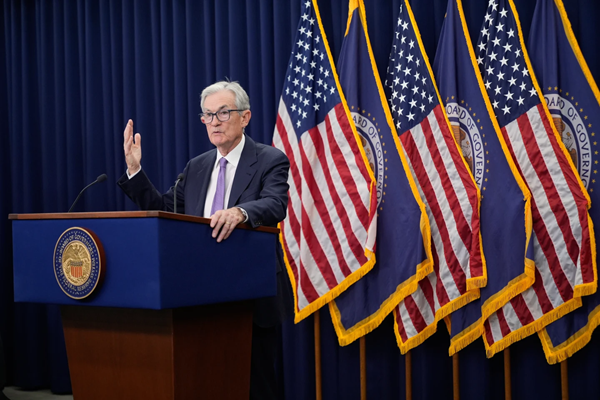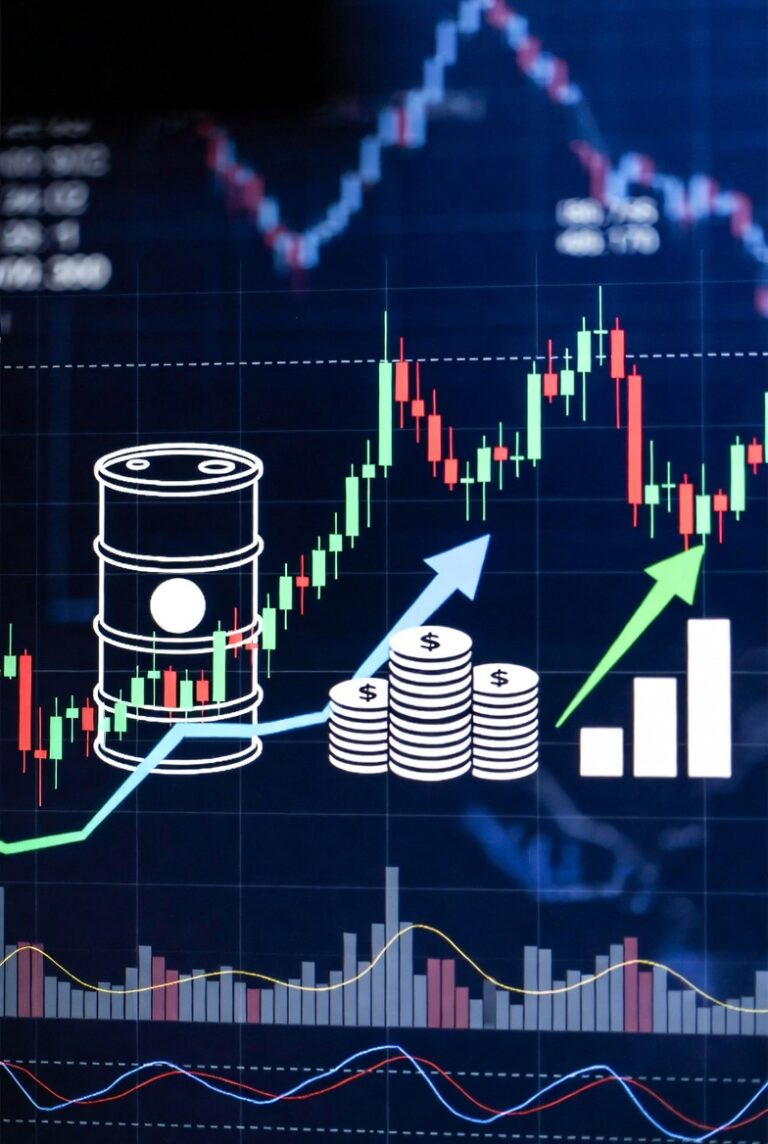
July 2025’s market reflects trade and tariff dynamics.
At GLHR Investing, we’re recapping the U.S. stock market’s performance in July 2025, a month of significant volatility driven by President Trump’s tariff policies, mixed economic data, and earnings season. The S&P 500 (SPY) ended July at ~6,388.6 points, up 1.5% for the month but still down 15.6% YTD as of May 23, 2025, with a late-month slide wiping out early gains. Who’s up, who’s down, and how are Trump’s laws affecting the market? With 3.2% CPI inflation, a 30% recession risk (per EY), and ongoing trade negotiations, we’ll also note what investors can expect in August. Here’s a comprehensive analysis of July’s market movements, key winners and losers, Trump’s influence, and forward-looking strategies for investors.
- July 2025 Stock Market Performance:
- S&P 500 (SPY):
- Overview: The S&P 500 achieved multiple record highs early in the month, peaking at 6,388.6 on July 24, up 1.5% for July, but ended lower amid tariff announcements and weak jobs data. The index fell sharply on July 31, down 1.6% to close at 6,388.6, as Trump’s tariff blitz hit sentiment.
- Trends: Early gains were fueled by trade deal optimism (U.S.–EU tariff reduction to 15%), strong Q2 earnings (5.9% EPS growth), and cooling inflation (2.7% annual CPI). However, the month closed with losses as Trump’s new tariffs on dozens of countries triggered a sell-off, with the VIX rising to 16.72.
- Other Indices:
- Nasdaq Composite: Up 0.2% on July 14 but slipped 0.5% by July 31, lagging due to tech losses (e.g., Amazon weighed on futures). YTD performance remained ~0.8–1.2% down.
- Dow Jones Industrial Average: Fell 0.7% on July 31, closing at 41,763.09, with a 500-point drop on tariff news. Monthly gain was modest at ~0.85%.
- Russell 2000: Up ~1–1.5% in June, but July saw pressure from tariff costs, with small caps underperforming.
- Sectors Up:
- Technology: +9.9%, with AI stocks like NVIDIA (+18% in May) continuing momentum, driven by Broadcom’s AI revenue growth (46%).
- Financials: +10%, with JPMorgan (+25% YTD) benefiting from OBBBA tax cuts and deregulation.
- Energy: +4.9%, with ExxonMobil (+10% YTD) gaining from oil prices at $80/barrel amid Iran-Israel tensions.
- Industrials: +8%, boosted by tariff-protected domestic production (e.g., Nucor +8.3% in June).
- Why Up: Trade deal hopes (U.S.–EU tariff cut to 15%) and strong earnings (e.g., Delta Air Lines) supported cyclicals, while OBBBA tax cuts (0.3–0.5% spending boost) favored consumer-driven sectors.
- Sectors Down:
- Consumer Discretionary: -1.5%, with Tesla (-20.2% YTD) and Nike (-20% YTD) hit by tariff costs (5–10%) and spending cuts (13%).
- Materials: -4.6%, with Albemarle dropping on lithium oversupply.
- Healthcare: Mixed, with UnitedHealth (-26.6% in May) lagging due to regulatory scrutiny.
- Why Down: Tariff threats (July 10) and weak jobs data (July 31, 147,000 added below 242,000 expected) raised recession fears, hitting discretionary and materials sectors.
- S&P 500 (SPY):
- How President Trump’s Laws Affected the Market:
- Tariff Policies:
- Reciprocal Tariff Increase (July 10): Trump threatened higher baseline tariffs on countries with unfair practices, escalating trade tensions and sending stocks lower (S&P 500 -0.79% on July 31). This policy aims to protect U.S. industries but raises import costs (5–10%), contributing to 3.2% CPI inflation.
- Impact: Tech and consumer goods sectors (e.g., Tesla -20.2% YTD) suffered from supply chain disruptions, while domestics (e.g., Nucor +8.3% in June) gained from protectionism.
- OBBBA Tax Cuts (July 4):
- Details: The $3.7T bill extended TCJA tax cuts, increased child credits, and added deductions (no tax on tips, overtime), but cut Medicaid/SNAP, adding $3.1–$3.8T to deficits.
- Impact: Boosted consumer spending (0.3–0.5%), supporting retail and financials, but deficit concerns pushed yields to 4.46%, pressuring growth stocks.
- AI ‘Action Plan’ (July 23):
- Details: Trump unveiled an AI plan to eliminate regulations and finance exports, signed executive orders to promote U.S. AI leadership.
- Impact: Lifted AI stocks (Broadcom +44% YTD), with projected $1–2T GDP boost by 2030, but risks lax standards, per web data.
- GENIUS Act (July 18):
- Details: Signed law for stablecoin regulation, promoting crypto innovation.
- Impact: Boosted crypto market cap to $3.81 trillion, with Bitcoin at $123,153.22, and stocks like COIN (+57.7% YTD).
- Other Moves:
- Paused Ukraine weapons (July 2): Reduced defense spending, impacting Lockheed Martin (LMT +5–10%).
- Canada trade suspension (June 27, ongoing in July): Minor dip in SPY (~0.5%).
- Critical Assessment: Trump’s laws (tariffs, tax cuts) fueled short-term rallies (SPY +3.94% past month) but exacerbated deficits and inflation, with tariffs adding 0.5–1% to CPI and risking trade wars. AI and crypto deregulation support innovation, but political confrontations (e.g., Obama documents) add uncertainty.
- Tariff Policies:
- Notes on What Investors Can Expect in August 2025:
- Market Outlook: Expect heightened volatility (VIX ~25–30) as tariff deadlines (August 1) and Q2 earnings conclude, with SPY projected at 6,500 by year-end (+4–7%), per web data.
- Key Events:
- Tariff Deadline (August 1): Potential reinstatement of 125% China tariffs could trigger a 5–10% pullback, hitting tech and consumer goods.
- FOMC Meeting (July 30, outcomes in August): If rate cuts occur (20% chance in July), stocks could rally 2–3%, boosting cyclicals.
- Earnings Continuation: Tech and financials report, with 5.9% EPS growth expected, but misses (e.g., Amazon) could pressure indices.
- Iran-Israel Conflict: Oil at $80/barrel risks spikes to $100–$120, adding 1–2% to CPI, hurting consumer stocks.
- Sector Expectations:
- Financials: Rally on deregulation and OBBBA, but NIM compression from rate cuts.
- Energy: Gains if oil rises, with ExxonMobil targeting $125–$130.
- Tech: Mixed, with AI (Broadcom) up, but tariff-exposed (Apple) down.
- Consumer Discretionary: Pressure from tariffs, but OBBBA supports spending.
- Critical Assessment: August could see a correction (5–10%) if tariffs escalate or earnings disappoint, but rate cuts and trade resolutions could extend the rally (SPY to 6,500). Focus on value stocks and defensives.
- Conclusion: Recapping July’s Market Ride:
- July 2025’s stock market, with SPY up 1.5% to 6,388.6, was driven by trade optimism, strong earnings, and cooling inflation, but ended on a sour note with tariff announcements and weak jobs data. Tech and financials led gains, while consumer discretionary lagged. Trump’s laws, including tariffs and OBBBA, fueled volatility but supported domestics. In August, expect tariff-driven turbulence; investors should buy on dips and hedge for risks.
- Why It Matters: July’s market recap shows a resilient economy (147,000 jobs) but persistent risks (tariffs, inflation). With SPY up 12.02% YOY, GLHR Investing guides you to seize trends like earnings and trade deals, building a resilient portfolio for H2 2025.
Invest smart with GLHR Investing—recap the past, secure the future!
Disclaimer: GLHR Investing is not a financial adviser; please consult one.








